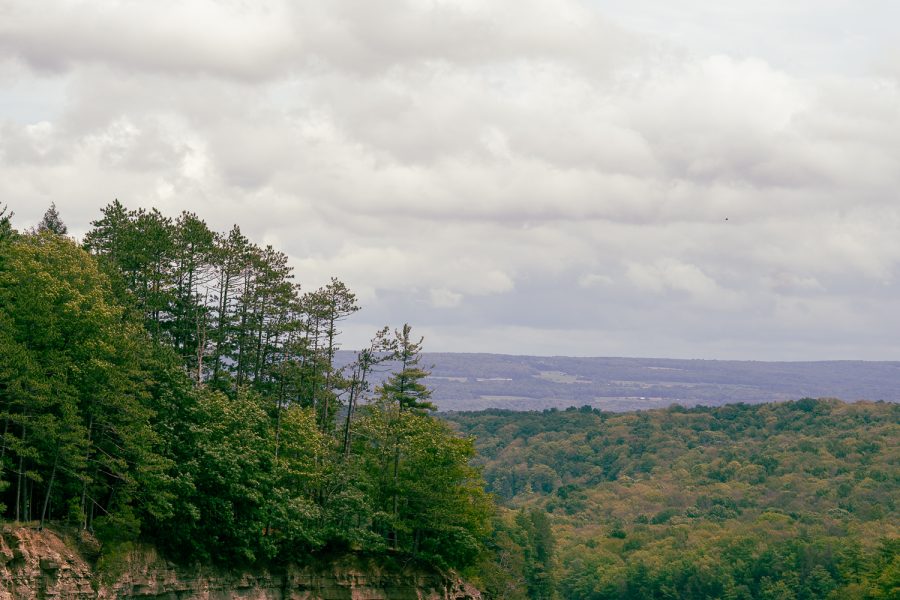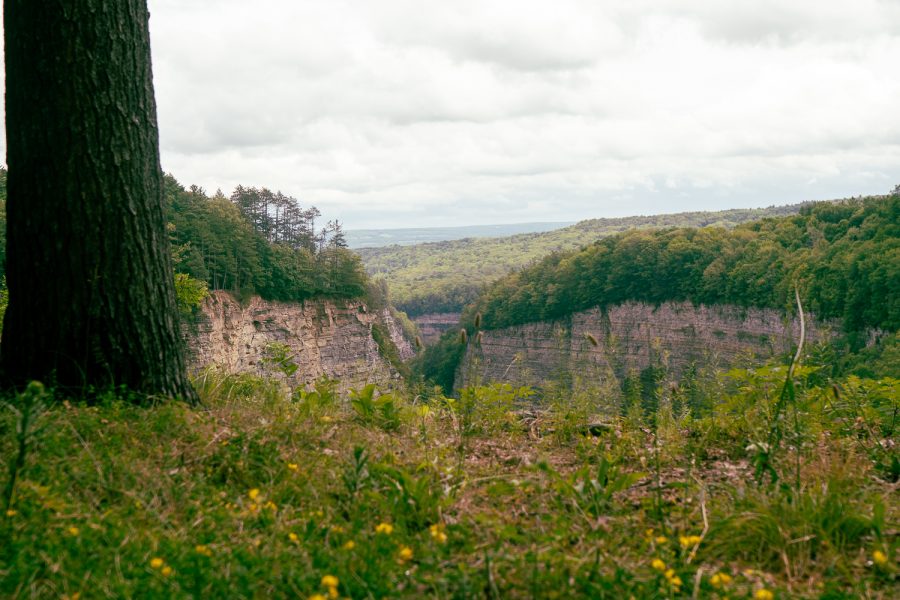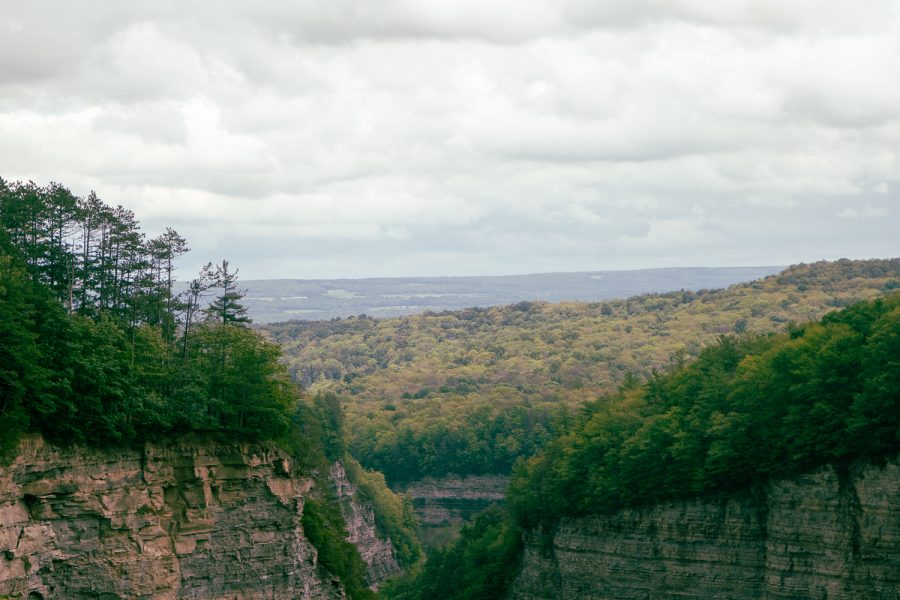The Inward Journey
The film “Into the Wild,” based on the bestselling book, prompts us to ask profound questions.
November 29, 2022
Students in Honors Intro to Philosophy are shown the film Into the Wild as part of Unit 2: The Search for Ultimate Reality. Mr. Jamey Pirring, the philosophy teacher, pushes his students to find lessons from the course embedded in the film by taking delving into the main character Christopher McCandless’s emotional and philosophical journey. Pirring urges his students to look to see if his students find parts of McCandless within themselves.
McCandless’s story is no doubt a controversial one. The film, which closely follows the book by Jon Krakauer, depicts McCandless on a journey to escape the societal pressure of an educated man born into an affluent family.
Leaving his family — along with his identity, a stable source of income, and admission to Harvard Law School — behind, McCandless heads west with empty pockets, unanswered questions, and one destination in mind: to make it to Alaska.
But his real goals were truth and happiness.

What makes Christopher McCandless such a controversial figure is the morality behind his actions.
McCandless did something that few people have the courage to do. He faced challenges head on and did not shy away from his fears. He represented transformation and transcendence through the film. He came from a materialistic family, but he did not let that shape who he became as an individual. Rather, he used it as an example of who he did not want to become. McCandless bettered himself by using his fears to grow and excel.
But that is only one view, one that Mr. Pirring shares.
“I think what he did was rather inspiring,” Pirring said. “I would argue that sometimes in America we live very complicated lives. Society and conformity often cloud people’s judgments on what is truly important in life. He made a lot of great relationships along the way, and those people’s lives were better from meeting him.”
But some readers and viewers, such as my father, see McCandless in a negative light. They see McCandless as self-serving, abandoning the ones who put food on the table every night for him and gave him the opportunity to attend such a prestigious educational institution. While McCandless had an unusually difficult home life, the question still stands for many.
Others find him foolish to embark on a journey to the Alaskan wilderness with such little experience and knowledge.
And some simply feel that Christopher McCandless is a man following his heart. He is neither evil nor foolish, but he is not an astounding hero.

These contrasting points of view on McCandless bring out an invaluable aspect of this story. It forces its audience to ask difficult questions. How much do we owe ourselves? Is finding internal truth more essential to the human experience than relationships and connections to the modern world?
And something else I’m sure many adolescents and young adults have been asking themselves lately — how much, if anything, do I really owe my parents?
While disputes about McCandless’s moral legitimacy will continue, Into the Wild is a story that forces us to ask life-shaping questions.













